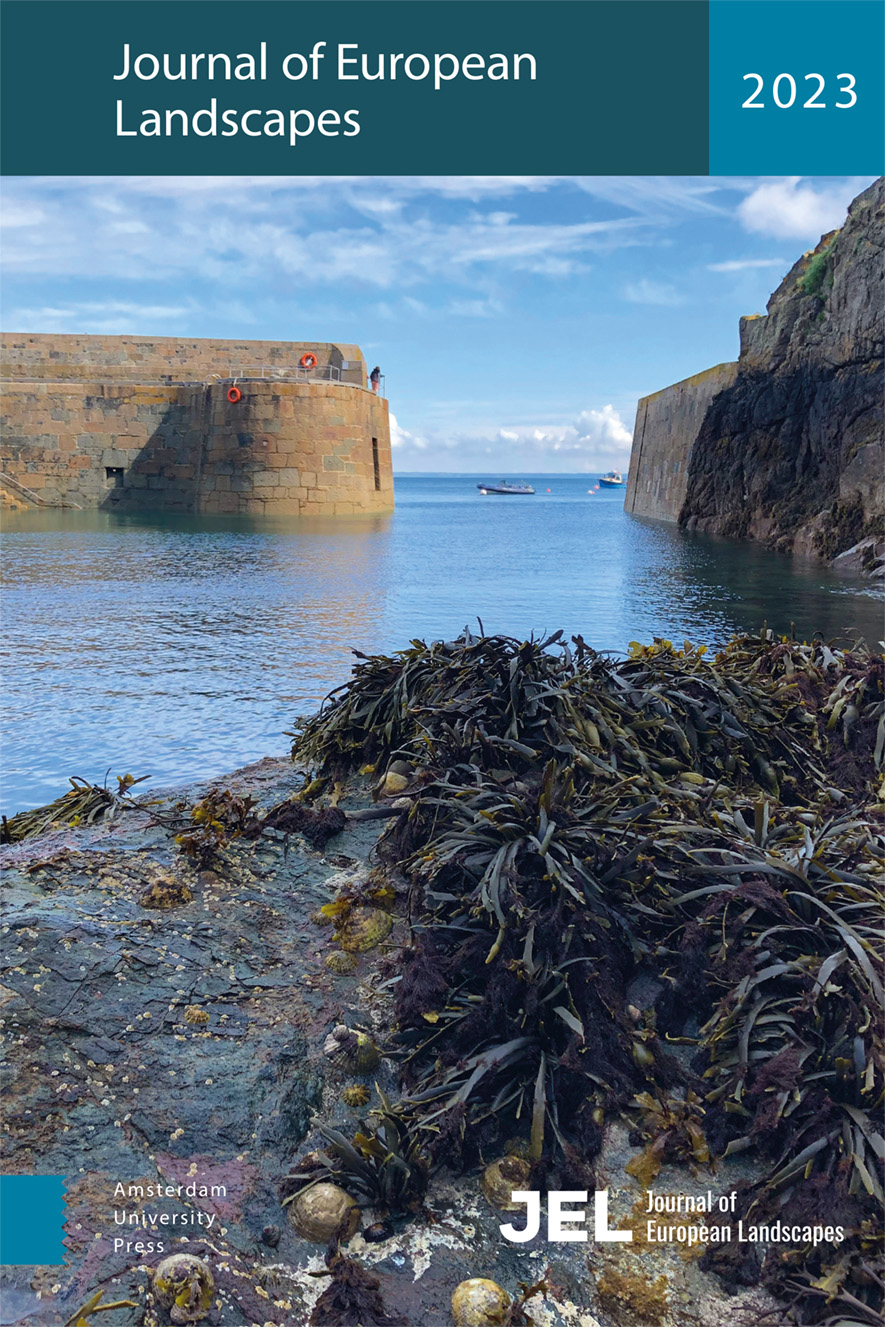-
oa From a local to global sense of place
- Amsterdam University Press
- Source: Journal of European Landscapes, Volume 3, Issue 3, Nov 2022, p. 37 - 44
-
- 01 Oct 2022
Abstract
In times of globalisation and increased connectivity the construction of sense of place is subject to change. In this article the impact of increased connectivity on the development of sense of place is researched through literature studies and field research. The field research covered 18 towns and cities in Europe, all situated along the Rhine, Main and Danube. The largest spatial scale that is addressed in this article is Europe. During this field research, we constructed a systematic and methodological framework to read sense of place. The basis of this framework consists of the four stimuli of aesthetics, people, activity and connectivity. These four stimuli together form the basis of what we call a daily trajectory. This article focuses on connectivity because we believe that this stimulus is determined for the quality of the daily trajectory and consequently, sense of place. When stretched over time, improved connectivity ensures the expansion of scale of what people call their place. As the world is becoming more interconnected through transport and media networks, the way in which we establish connections is important to safeguard a sense of place. In this article we show the importance of the four stimuli is their interconnection in a daily trajectory, and their intrinsic link with daily lives. We argue that contemporary understanding of the concept of sense of place should assimilate our ever more globally connected world while valuing the more persistent attributes of each place.


